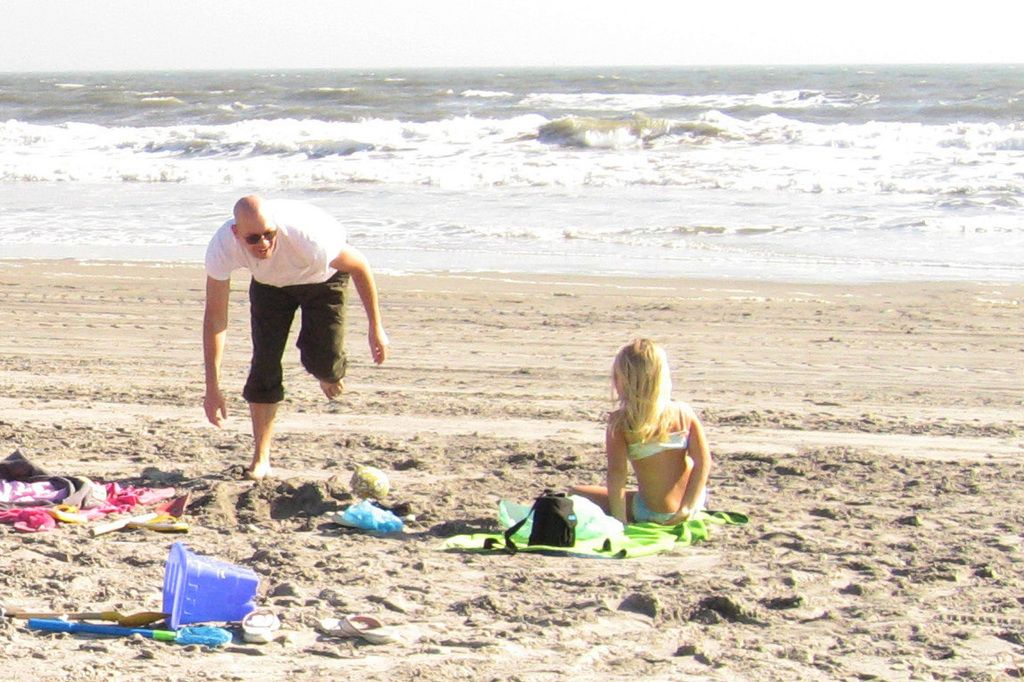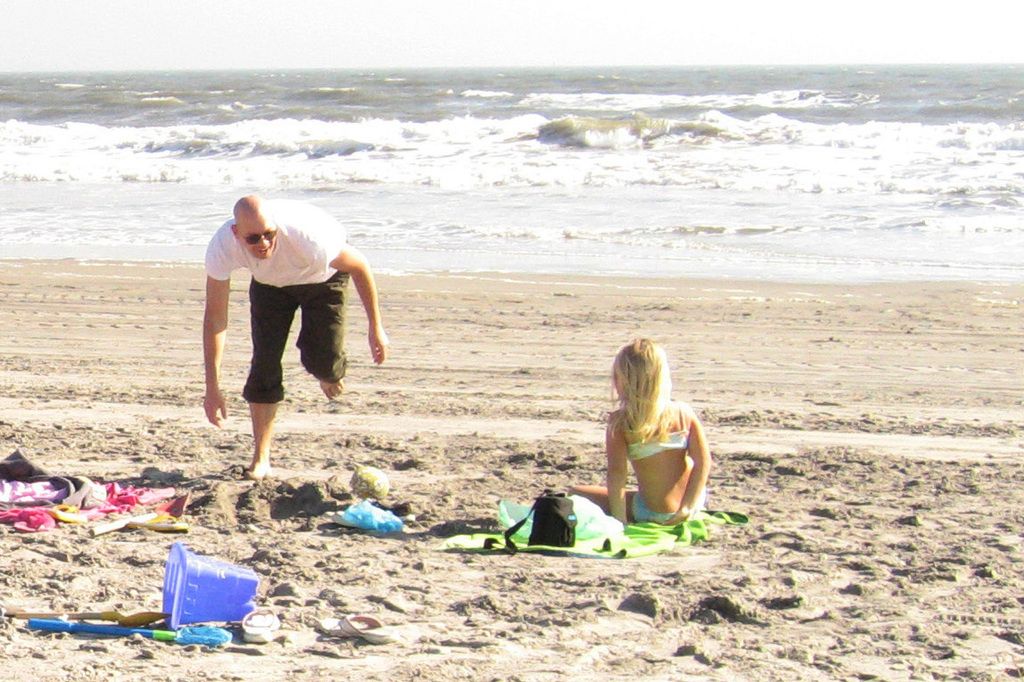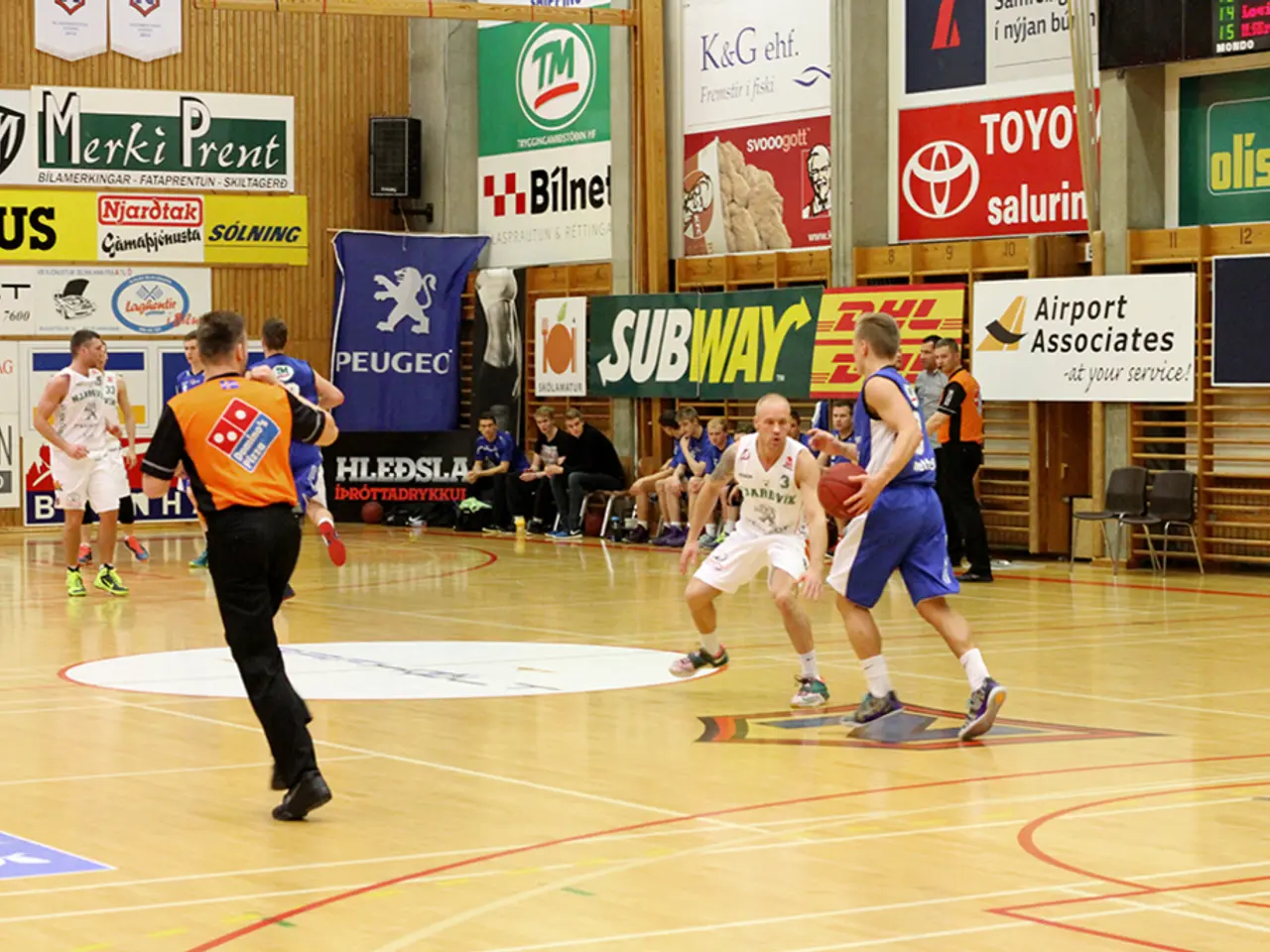Sliding Support for Ukrainian Refugees: EU Commission Unveils Plan Amid Waning Acceptance
Europe's Executive Commission unveils a strategic plan to accommodate refugees fleeing the conflict in Ukraine
雅连等、特朗普、微信、电子邮件、打印、复制链接
On Wednesday, the EU Commission will unveil its strategy for managing the future of Ukrainian refugees. Commissioner Magnus Brunner and Ukrainian Vice-President Oleksiy Chernyshov will jointly reveal their blueprint in Brussels, according to a commission representative. Initially, specifics about the proposals were scarce.
At present, the refugee status of Ukrainians is determined by the EU's temporary protection directive, not the standard asylum system. This arrangement will continue until March 2023. Statistics from Germany's Federal Ministry of the Interior from February show that more than 1.2 million Ukrainians are seeking shelter in Germany, making it the EU nation with the third-highest refugee population, following Poland and the Czech Republic.
However, after nearly three years of conflict, acceptance for hosting and aiding Ukrainian refugees is waning in several EU countries. Social benefits are being pared back in many locations, including Germany.
Economic pressures and aid reductions are significant factors driving the decline in acceptance. The persistent financial strain of supporting Ukrainian refugees has compelled some nations to cut aid. For example, Germany has eliminated certain benefits for Ukrainian refugees who arrived post-April 1, 2025. ([3]) The ongoing crisis has also worn down host countries' economies, further lessening support measures.
Changing public opinion is another factor contributing to the decline. Support for accepting Ukrainian refugees has dropped in several countries, such as Poland, where it has fallen from 81% to 50% between 2023 and spring 2025. This shift stems from growing discontent among local residents due to the prolonged stay of refugees.
Societal integration poses challenges too. For instance, in Poland, the allowance for families with children is now linked to the children attending Polish schools, which may create hurdles for integration.
Policy adjustments may also be impacting refugee support. While the Temporary Protection Directive offers Ukrainians access to welfare and healthcare until March 2026, as the temporary status approaches its end date, European countries might be reconsidering their long-term commitments. ([4])
The EU is witnessing a broader downward trend in asylum applications, which may sway attitudes toward all refugee groups, including Ukrainians. This trend reflects broader shifts in asylum policies and perceptions across the EU.
Sources: ntv.de, dpa
[3]: Economic Pressures on Host EU Nations Lead to Reduced Aid for Ukrainian Refugees (The Guardian, 2025)[4]: European Countries Start to Reconsider Long-Term Commitment to Ukrainian Refugee Support (Euractiv, 2026)
- The EU Commission's strategy for managing the future of Ukrainian refugees, to be unveiled on Wednesday, may include modifications in community policy and employment policy, given the waning acceptance across several EU countries.
- As war-and-conflicts and politics continue to drive migration, general news outlets have reported declining acceptance of Ukrainian refugees in host countries, leading to discussions about potential policy changes in employment policy and immigration policy.








